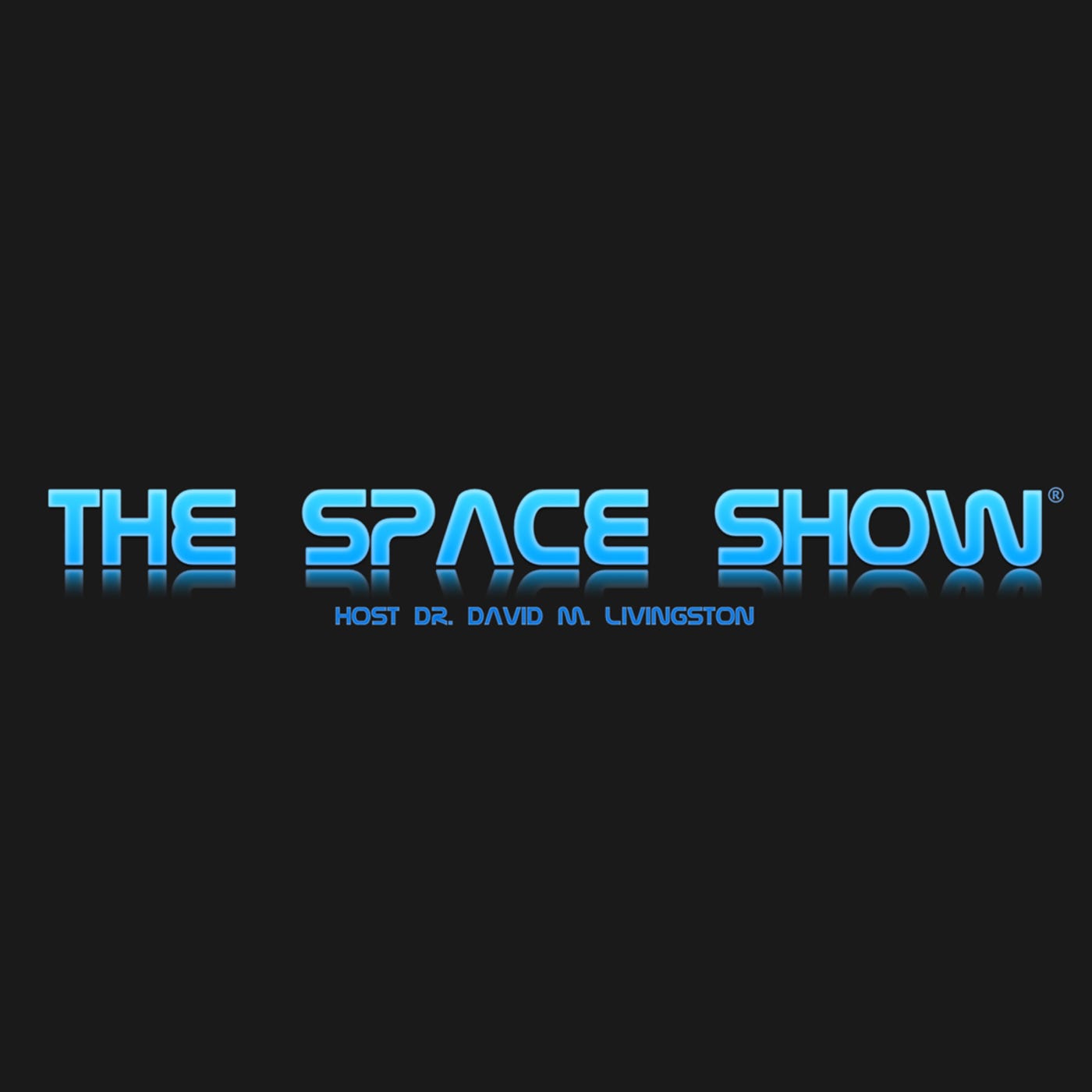John Batchelor Hotel Mars with Dr. Nestor Espinoza on the Trappist system and possible signs of life.
Description
Summary provided by Zoom
David and John Batchelor discussed a mission to explore the red dwarf star TRAPPIST and its exoplanets, with a focus on TRAPPIST-1e, which has been identified as a promising candidate in the habitable zone by guest Dr. Nesta Espinoza. During this brief interview, Nestor provided insights into the discovery and ongoing observations of TRAPPIST-1e, including the use of the James Webb Space Telescope to study its atmosphere and potential biosignatures. The discussion covered the technical challenges and methodologies involved in detecting life through atmospheric signatures, as well as future plans for exploring habitable zone exoplanets and the potential for discovering extraterrestrial life. TRAPPIST-1e, orbits the star every 6 days.
Dr. Espinoza discussed the exciting discovery of TRAPPIST-1e, a planet in the habitable zone of its star, using the James Webb Space Telescope. He explained that they are conducting observations to determine if the planet has an atmosphere and, if so, its composition. He described the transit method they are using to study the planet, which involves observing how the planet blocks starlight and analyzing how the atmosphere interacts with this light.
Nestor explained the technique of transmission spectroscopy used to study exoplanet atmospheres and discussed the capabilities of the James Webb Space Telescope in detecting biosignatures. He clarified that while James Webb was not specifically designed for biosignature detection, it is being pushed to identify molecular features that could indicate life. Our guest outlined a step-by-step approach to detecting and analyzing potential biosignatures, emphasizing that even if detected, further analysis and modeling are needed to determine if the observed conditions could be explained by non-biological processes.
Nestor discussed the challenges of detecting life through atmospheric signatures and the limitations of current scientific models. He explained the importance of studying TRAPPIST-1B, a planet with a stripped atmosphere, as a reference for observing TRAPPIST-1e, which is potentially habitable. He highlighted the complexity of transit observations, noting that stellar activity can distort atmospheric signatures, but simultaneous observations of multiple planets in the system can help differentiate between stellar effects and planetary atmospheres.
Nestor and his team, including Natalie, are analyzing observations of exoplanets in the TRAPPIST-1 system, focusing on Planets B and E. They are using a technique to correct for stellar signals by comparing distortions in Planet B's atmosphere to those in Planet E. The initial four observations published last week showed that Planet E's atmosphere is distorted by the star, and the team is now using James Webb Space Telescope to observe 15 more templates to further analyze the planet's atmosphere. The data suggests that Planet E could have a nitrogen-rich atmosphere with trace methane, though other possibilities like a Venus-like atmosphere with clouds are still within the realm of possibility.
Nestor went on to discuss the potential for discovering extraterrestrial life and the possibility of deploying a fleet of James Webbs to explore the universe when John asked what he would do with an unlimited budget. He emphasized the need for thousands of habitable zone exoplanets to conduct comprehensive surveys. Nestor mentioned a colleague at the University of Arizona who is considering sending smaller spacecraft to explore space. He reflected on the challenges and successes of the James Webb Space Telescope's commissioning and expressed hope for future missions to search for signs of life in the universe. He mentioned a planned mission in 20-30 years that aims to achieve this.
Special thanks to our sponsors:Northrup Grumman, American Institute of Aeronautics and Astronautics, Helix Space in Luxembourg, Celestis Memorial Spaceflights, Astrox Corporation, Dr. Haym Benaroya of Rutgers University, The Space Settlement Progress Blog by John Jossy, The Atlantis Project, and Artless Entertainment
Our Toll Free Line for Live Broadcasts: 1-866-687-7223
For real time program participation, email Dr. Space at: drspace@thespaceshow.com
The Space Show is a non-profit 501C3 through its parent, One Giant Leap Foundation, Inc. To donate via Pay Pal, use:
To donate with Zelle, use the email address: david@onegiantleapfoundation.org.
If you prefer donating with a check, please make the check payable to One Giant Leap Foundation and mail to:
One Giant Leap Foundation, 11035 Lavender Hill Drive Ste. 160-306 Las Vegas, NV 89135
Upcoming Programs:
Broadcast 4435: ZOOM Dr. Ajay Kothari | Tuesday 23 Sep 2025 1230PM PT
Guests: Dr. Ajay Kothari
Ajay shows us his art exhibit via Zoom live from the Fairfax Gallery
Broadcast 4436 Hotel Mars with Ben Roberts | Wednesday 24 Sep 2025 930AM PT
Guests: John Batchelor, Dr. David Livingston, Ben Roberts
Hotel Mars discusses microgravity medicine with Ben Roberts
Broadcast 4437 Zoom: OPEN LINES DISCUSSION | Sunday 28 Sep 2025 1200PM PT
Guests: Dr. David Livingston
ZOOM Open Lines Discussion. Listen/participate w/Zoom phone numbers to be published on our blog for this program
Get full access to The Space Show-One Giant Leap Foundation at doctorspace.substack.com/subscribe
























